On November 6th, 2020, NIO held a press conference in Beijing for the release of their 100 kWh battery upgrade. The larger battery, longer range, and diverse upgrade options left NIO users satisfied, but compared to the battery upgrade itself, it seems that NIO’s battery swap system and BaaS (Battery-as-a-Service) closed-loop business model is the real star of today’s announcements.
Overview of the Press Conference
Let’s start with the information everyone is looking for: NIO’s 100 kWh battery upgrade plan:
100 kWh Battery Upgrade Plan
Here are the details for upgrading the 70 kWh battery, as shown in the image below:
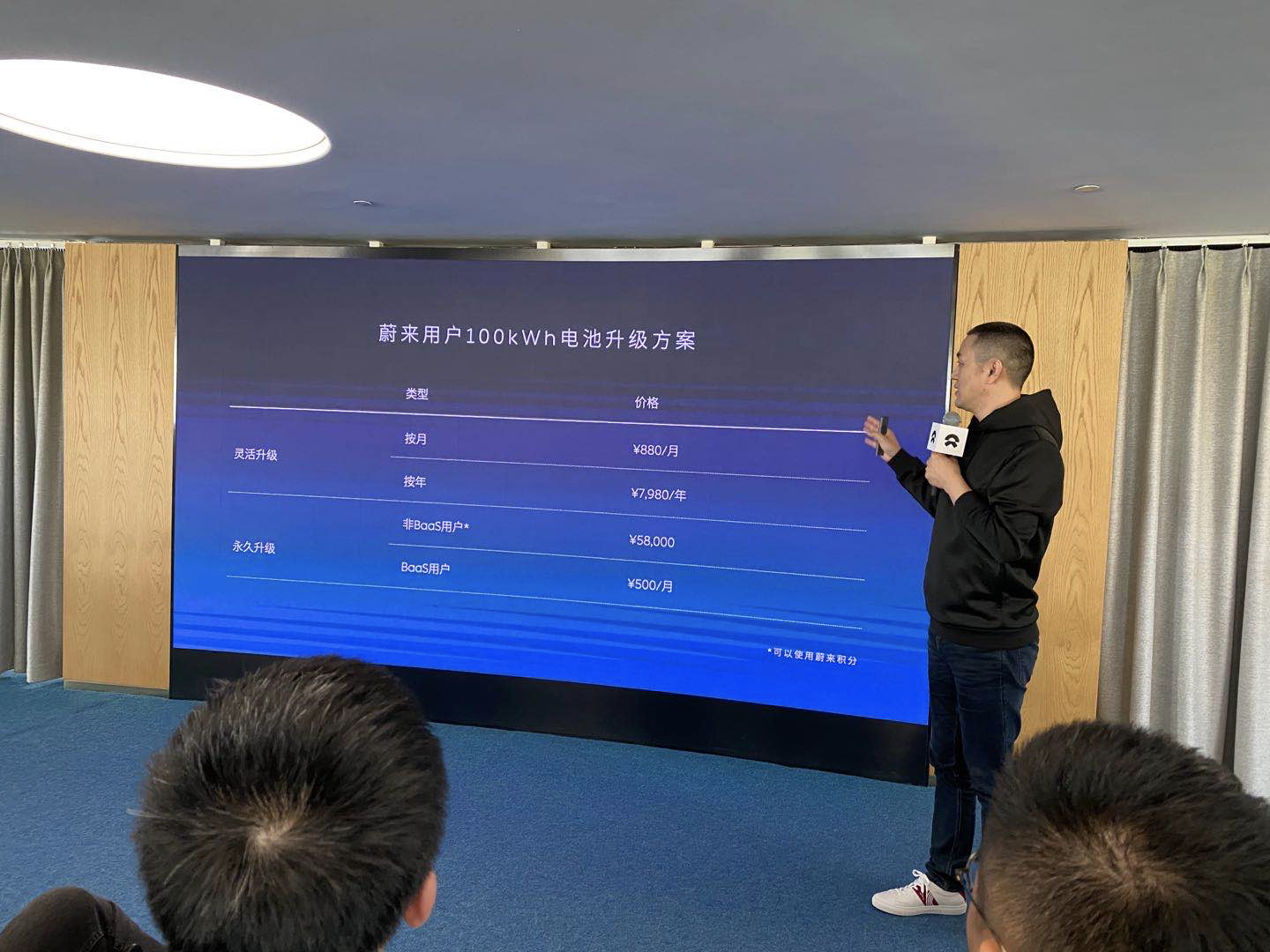
- Monthly upgrade: 880 yuan/month (10,560 yuan/year)
- Annual upgrade: 7,980 yuan/month
- BaaS users get a permanent upgrade with an additional charge of 500 yuan/month (1,480 yuan/month)
- Flexible upgrade for BaaS users: 1,940 yuan/month (980 yuan + 880 yuan + 80 yuan)
- Non-BaaS users can get a permanent upgrade for 58,000 yuan (can be offset with NIO points)
Users with an 84 kWh battery have only one permanent upgrade option, priced at 5,400 yuan.
NIO ES8 Founder Edition users and ES8 Basic Edition users who placed orders before March 31, 2019, can enjoy a 40% discount for upgrades.
The discount is permanent for flexible upgrades, but for permanent upgrades, it applies only once on the 58,000 yuan price.
For new car buyers, the permanent upgrade to the 100 kWh battery is priced at an additional 58,000 yuan, while BaaS users enjoy a price reduction of 128,000 yuan for car purchases and the monthly rental price is 1,480 yuan.
The reservation and delivery schedule for the 100 kWh battery is shown in the figure below, from left to right, indicating the delivery priority for different upgrade plans, with new vehicles and permanent upgrades being prioritized ahead of flexible upgrades.
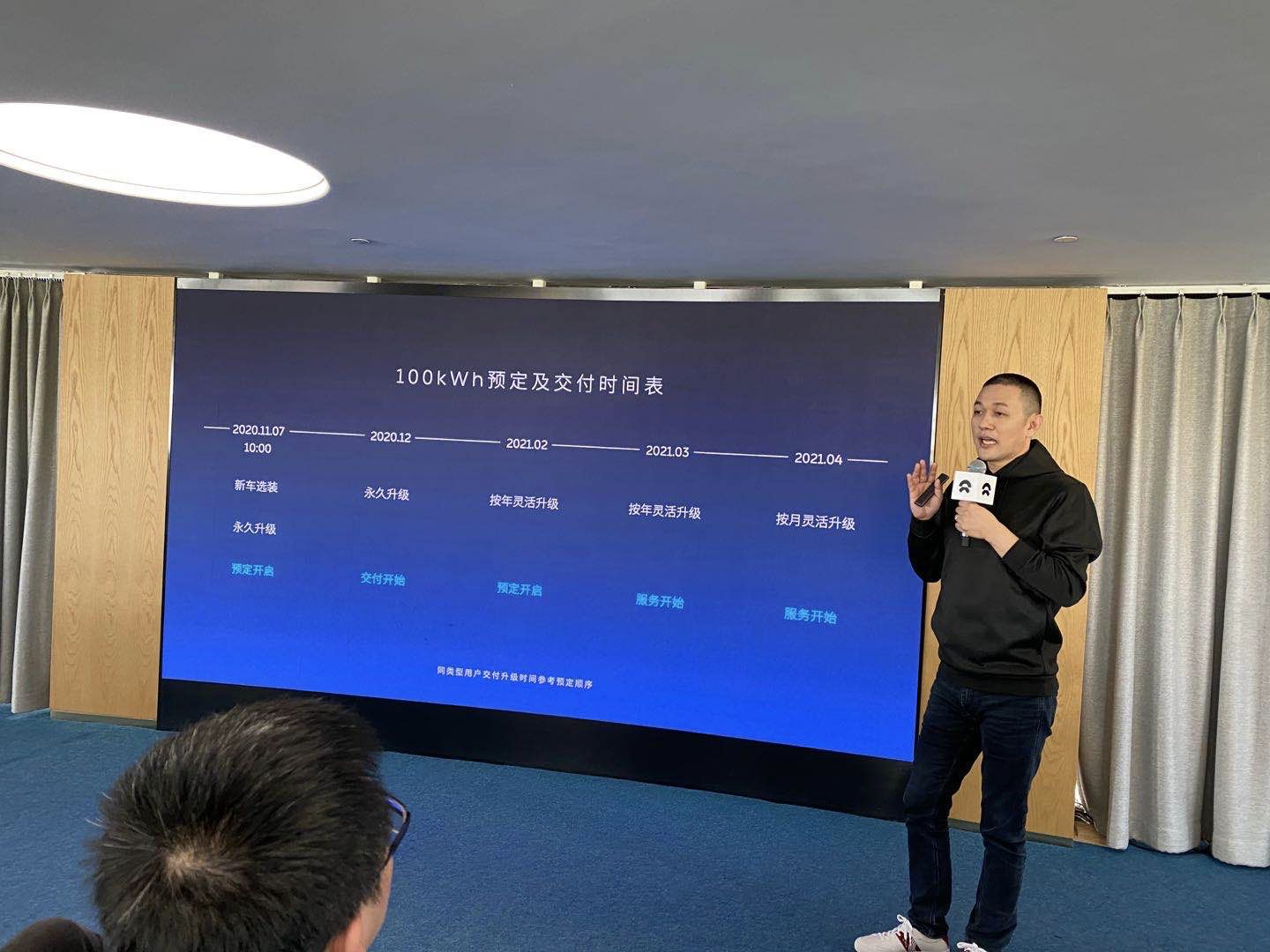
In addition, upgrading to the 100 kWh battery requires a one-time service fee of 3,000 yuan. However, if you have already taken delivery of your vehicle or placed an order before 10 a.m. on November 7th, you can waive this 3,000 yuan one-time service fee.
Evolution of the 100 kWh Battery
This 100 kWh battery upgrade mainly focuses on four aspects, with brief information as follows:1. By implementing the CTP solution, NIO has increased the energy density of the battery pack by 37%, improved the utilization of volume by 19.8%, enhanced the thermal management performance by 17.8%, and simplified assembly by 40%.
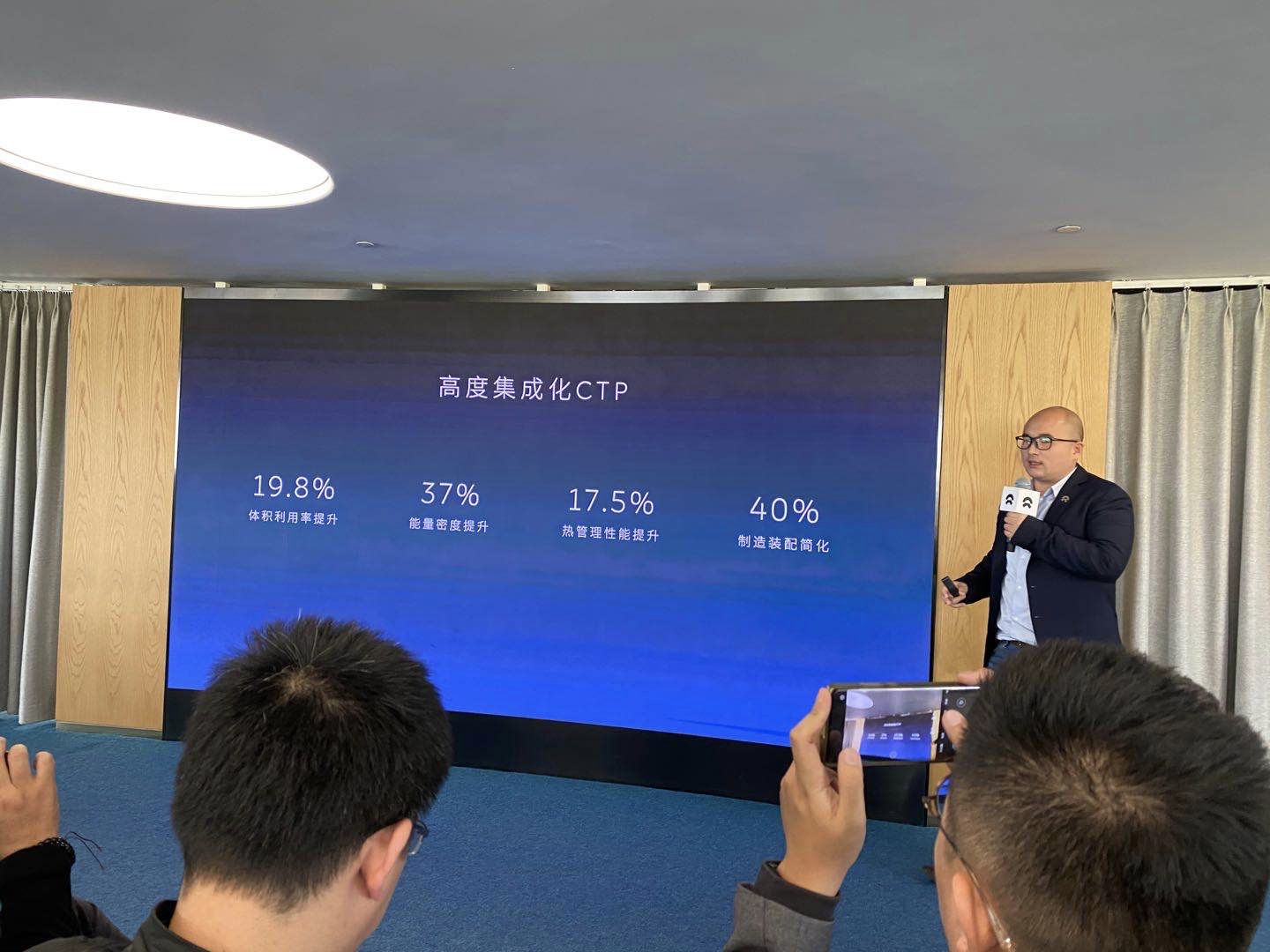
- The new battery pack features a heat propagation-safe design, and to achieve this goal, NIO and CATL have made the following five improvements:
- The first-ever heat runaway sensor
- A specially designed channel that can exhaust smoke within 30 seconds
- Active water cooling after a heat runaway event
- An improved anti-high-voltage arc capability, which enhances short-circuit prevention by several times
- Insulation is greatly improved by the built-in firewall
The end result is that the adjacent battery pack will not be affected even if one pack experiences heat runaway, and the probability of “smoke but no fire” can be maximized.
-
This time, NIO has optimized the temperature control of batteries under different weather conditions, resulting in a 30% efficiency improvement, a 10% increase in summer range, and an 8% increase in winter range.
-
A cloud-end-fusion BMS is used, which can optimize the BMS parameters for each vehicle based on user environment, driving habits, and other factors, thereby improving battery life and safety to a certain extent.
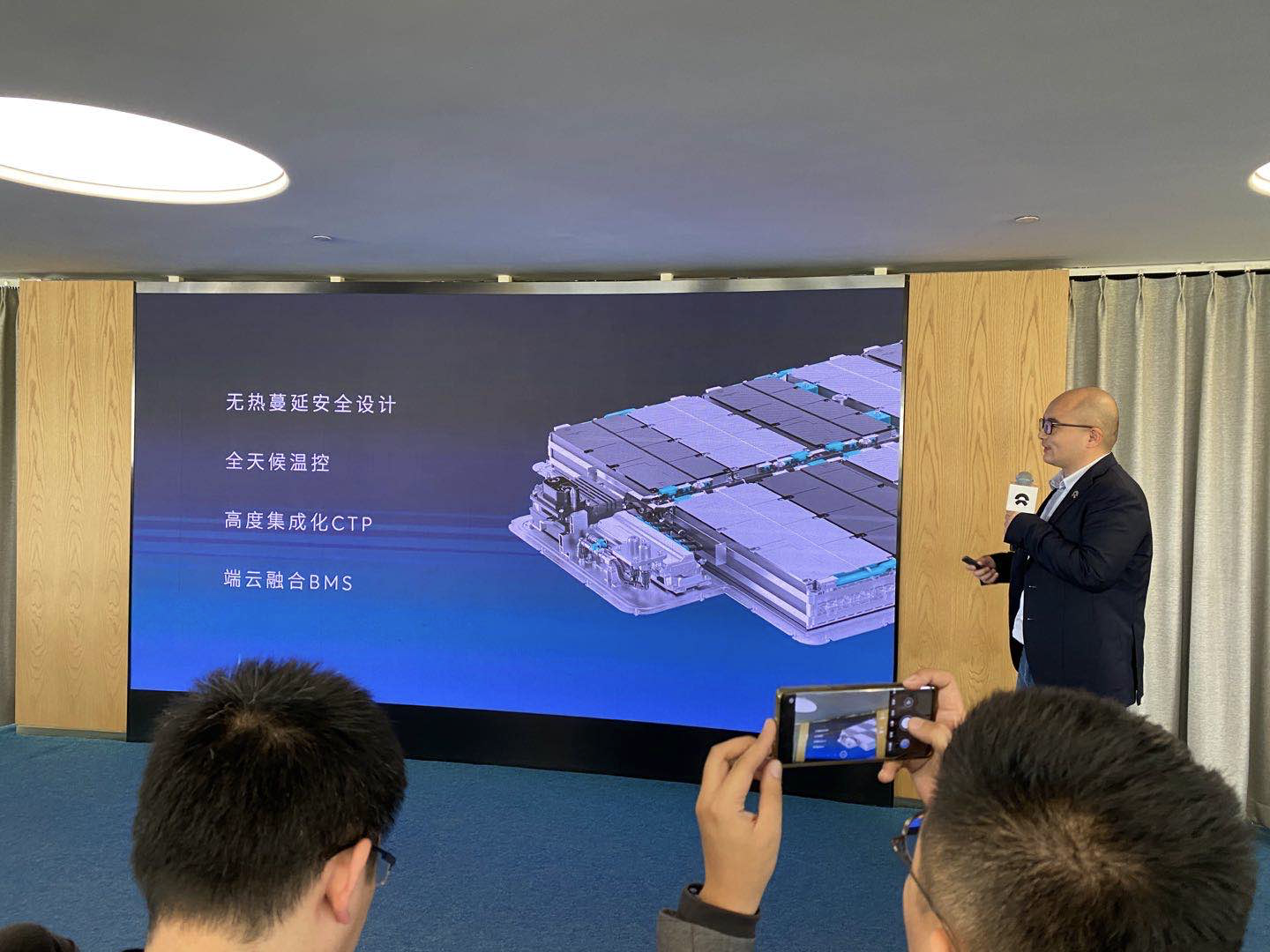
The key information section of the product launch event is now complete, but the impact of the battery upgrade on the battery-as-a-service model and battery swapping system deserves some elaboration.
The true Battery Upgrade
On April 11, 2019, Li Bin, the founder of NIO, mentioned a concept when talking about the battery swapping system: rechargeable, swappable, upgradable.
Upgrade is a key consideration in creating a battery swapping system, enabling batteries to be upgraded iteratively with the times.
Today, Li Bin says: “Every one of our more than 60,000 users can now enjoy battery upgrade services. I believe that only we can provide such services in the world.”

The technical foundation of “rechargeable, swappable, upgradable” for all models has made “every one” possible, and upgrading to benefit existing users is one of the meanings of “true upgrade.”Another manifestation of the upgrade is the “upgrade” itself. The capacity of the 100-degree battery pack has increased by nearly 43% compared to the 70-degree version, and the range of vehicles equipped with the 100-degree battery pack has increased from around 400 km to nearly 600 km, making this battery upgrade meaningful in terms of range. Only upgrades that do not pinch wallets are true upgrades.
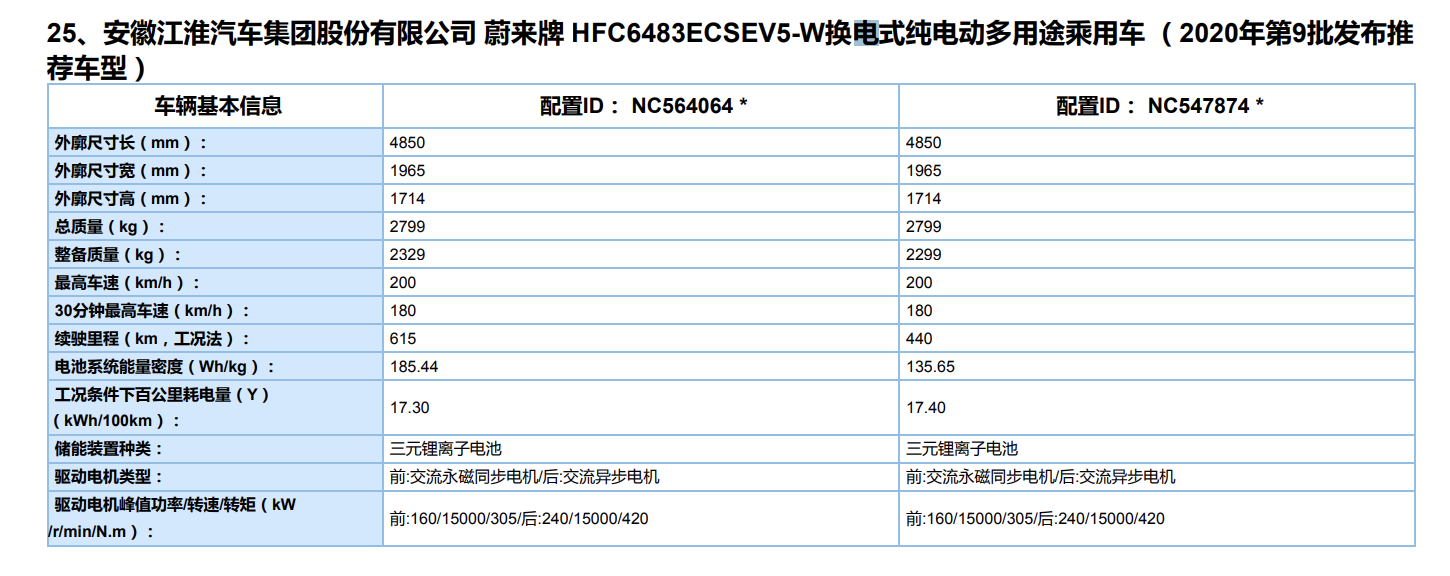
However, there is still one issue-the cost of battery upgrades. Li Bin said that if the price of the upgrade is too high, it is almost equivalent to buying a new battery. Therefore, the price threshold should be low. For users, a reasonable price is also the meaning of the upgrade. As for whether the reasonable price of NIO is really reasonable, it remains to be seen how the users will vote with their wallets.
With the support of BaaS, NIO has made the choice of upgrades more flexible. Do you just want to try it out for a short period of time? No problem, try upgrading for a month. From the perspective of the audience, multi-scheme battery upgrades are also one of the ways to reduce user thresholds. In addition to “flexibility”, it is also a good attempt for NIO and users.
So, for users, there are several benefits to this battery upgrade:
- The models have a powerful upgrade option, and the life cycle of old models can be extended once again;
- Users with long-range needs in the short term have flexible battery rental options, improving travel experience;
- As the batteries in BaaS become stronger and the system becomes more perfect, the impact of batteries on the residual value of used cars will be further reduced;
- The 100-degree battery exchange in the exchange station also further improves the battery exchange experience.
For NIO, the 100-degree battery upgrade also brings many positive benefits:
- The range of all models is longer, promoting sales;
- Improving the user experience of old car owners, upgrading the old car battery also increases second revenue;
- Enhance the attractiveness of BaaS, and richer commercial plans have brought more possibilities and opportunities to BaaS;
- Promote the further expansion of differentiated advantages brought by the improvement of the battery exchange system, while empowering the brand.
However, it should be noted that the core of all these benefits is based on NIO’s battery exchange ecological system, which is composed of standardized cars, standardized batteries, standardized battery exchange stations, and the finishing touch- BaaS, which is the closed loop business chain.
Therefore, the impact of the 100-degree battery ultimately depends on this larger system.
The next road for the explorer is still a no man’s land
If we look back at history, battery swapping was not invented by NIO. BetterPlace, which has gone bankrupt, once aimed at the sky and wanted to become a gas station for electric vehicles, taking on the asset of batteries itself. However, the soil under BetterPlace’s feet at that time was unable to incubate the expected profit model, and it reluctantly exited as a martyr.However, this did not prevent those who followed. For electric vehicles, battery swapping seems to address all of the pain points, including its great advantage of energy supplementation, ability to extend vehicle lifetimes, and the ability to remove the impact of battery wear and tear on the vehicle itself.
Then, NIO proposed a solution that was rechargeable, swappable, and upgradable.
But this idea will always be a delicate balance, as achieving rechargeability, swappability, and upgradability in product technology requires battery pack standardization. Unfortunately, standardization often represents compromises on performance to achieve universal solutions, and achieving high-level product performance under these circumstances is actually more challenging than specialized programs.
If the product technology does not have any advantages compared to the competition, then achieving universal solutions while considering upgrades is a dilemma.
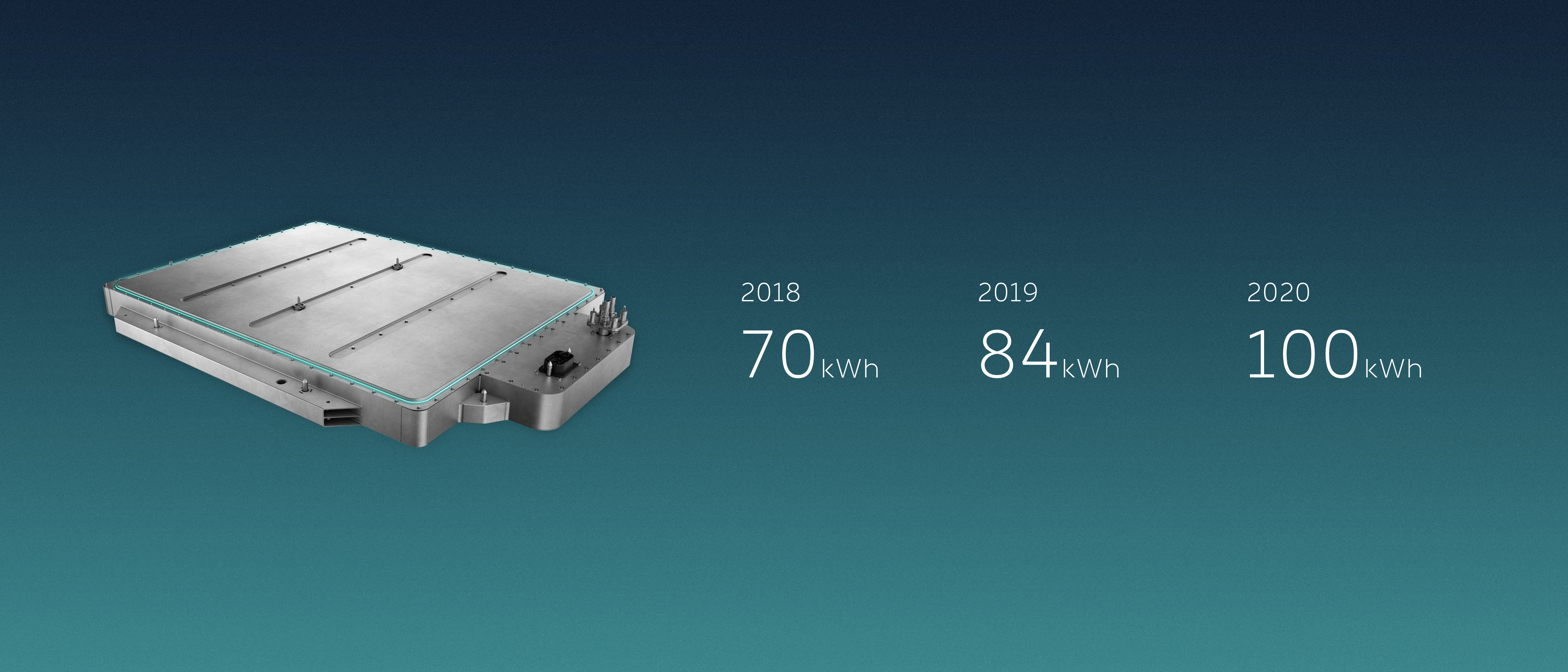
Fortunately, this is not yet an issue. Currently in the market, the only companies besides NIO that use 100-degree battery packs are Tesla.
However, Tesla, which abandoned battery swapping seven years ago due to operational costs and efficiency, has shown no signs of looking back. In the Q3 earnings conference call, Musk stated that highly integrated CTC battery packs will be the absolute trend in the future electric vehicle industry. The Model S Plaid, which is equipped with CTC technology and has a range of 840 kilometers according to the EPA, demonstrates the leading position of this technology.
Will standardized battery swapping design become a burden on range? The answer to this question will depend on the work NIO produces next. If they can make significant improvements while maintaining interchangeability, this will be another milestone for NIO’s battery swapping system.
On the other hand, different battery pack operation and management systems under the battery swapping system are still a challenging field with few experience references. Commercialization is a more important issue for NIO than technology because of its BaaS (Battery as a Service) system. It introduces third-party battery asset companies to assume battery assets so that NIO can achieve its goal of not losing money in its operations. In the future, they may even have the option to recycle some of their used batteries.

November is the delivery month of BaaS’s first batch, and specific effects will be drawn from the financial reports in the future as the BaaS system becomes more robust.
Looking at NIO’s battery swapping system, the addition of 100-degree batteries is a catalyst, but the decisive factor is the participating reaction materials: a benign commercial ecosystem and sales volume.
Final Thoughts
As Lu Xun put it, “At first, there was no road, but when many people walked that way, a way was formed.”Before NIO emerged, China did not have a firmly established independent luxury brand. Nevertheless, NIO’s brand was built on an unprecedented user service system and product positioning in the Chinese automotive market, and reality has proven that there is indeed a market for it. During the Two Sessions, “battery swapping stations” were included in the list of new infrastructure constructions in the “government work report,” making NIO a hot topic in the industry and battery swapping a popular subject with crowds of people. Within the battery swapping camps, manufacturers such as BAIC, SAIC, GAC, Geely, as well as newcomers like NIO, are all exploring this field. Regardless, NIO is the one that has come the furthest and has the most commercially developed construction. In today’s interview, Qin Lihong mentioned that: “Starting from April, we hope to deploy one station per day, and we hope to add 300 new stations as much as possible next year. There may be some deviations in the numbers during the specific deployment in various regions, but this is what we have in mind. Beijing currently has 14 battery swapping stations, and we need to add at least 20 more next year. If the second-generation stations are successful, it is not unimaginable to reach 60 by the end of next year. Our main concern is that we may not have enough stations.” As of November 2nd, NIO has built a total of 158 battery swapping stations in China. In NIO’s plan, second-generation battery swapping stations will have more battery compartments, more convenient battery swapping positions, and fewer personnel participation. On the other hand, Tesla announced today that it will establish 5,000 Tesla direct current supercharging piles in China by the end of 2020. Finally, when it comes to the debate over whether fast charging or battery swapping will be the ultimate trend, I think both may be the answer because, to a certain extent, they are both explorers and leaders in their respective fields, and the market never lacks followers.
This article is a translation by ChatGPT of a Chinese report from 42HOW. If you have any questions about it, please email bd@42how.com.
